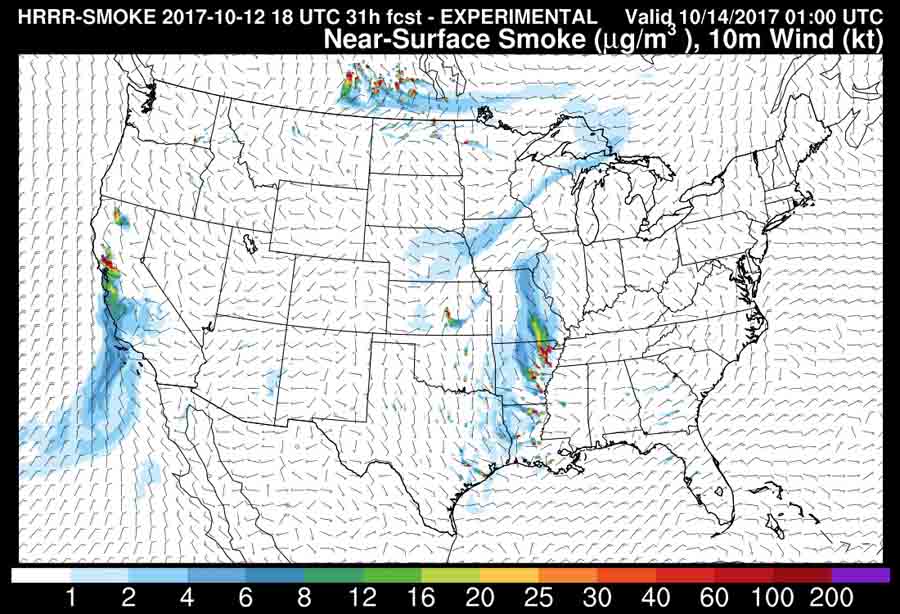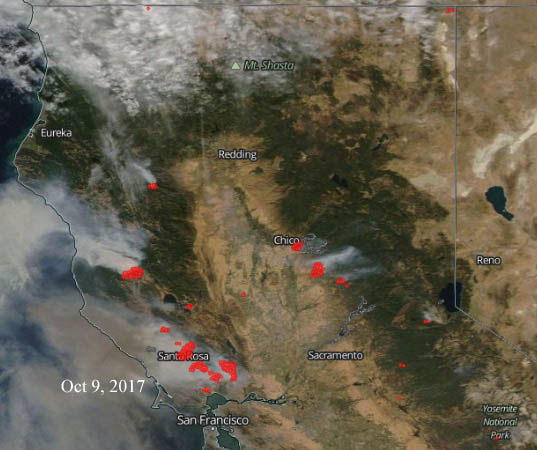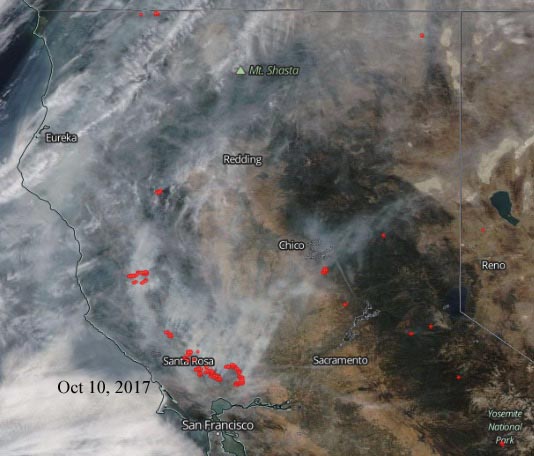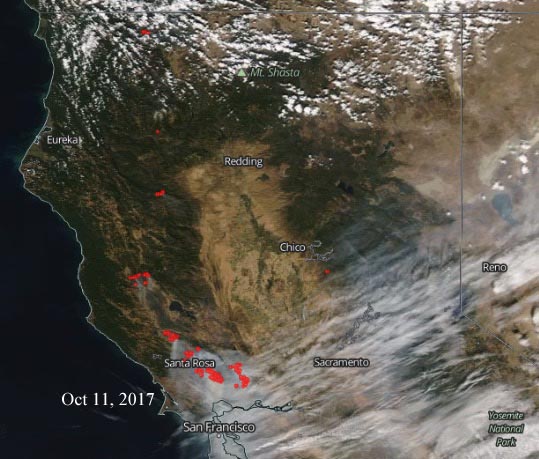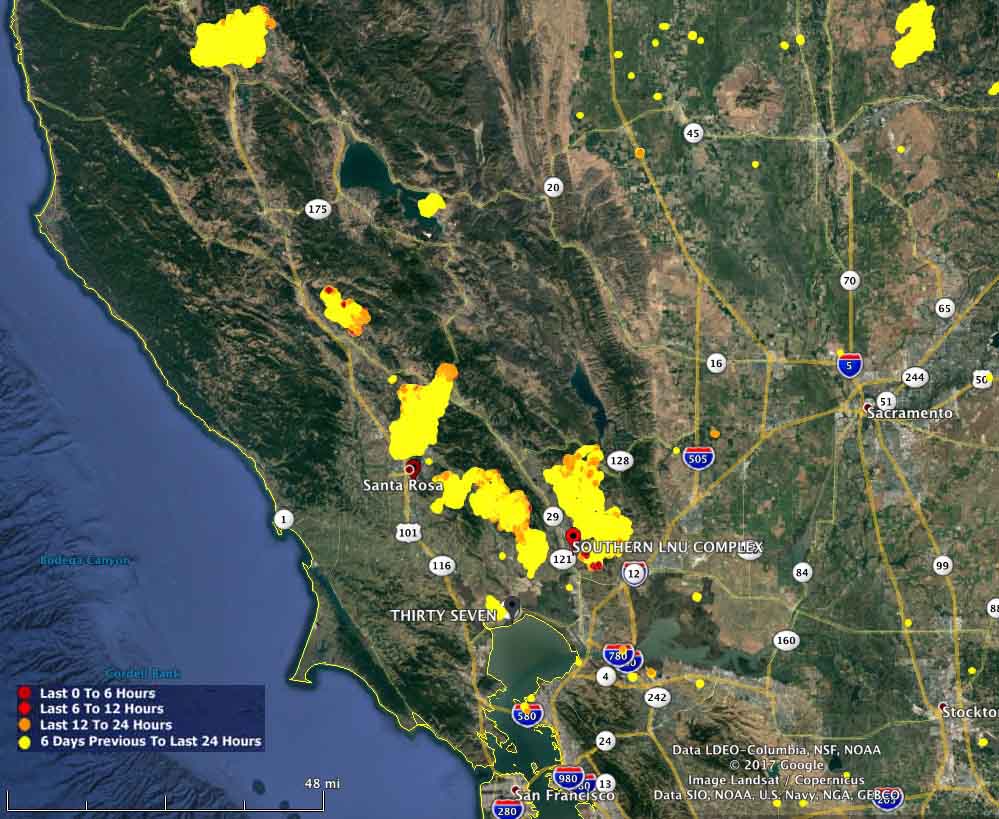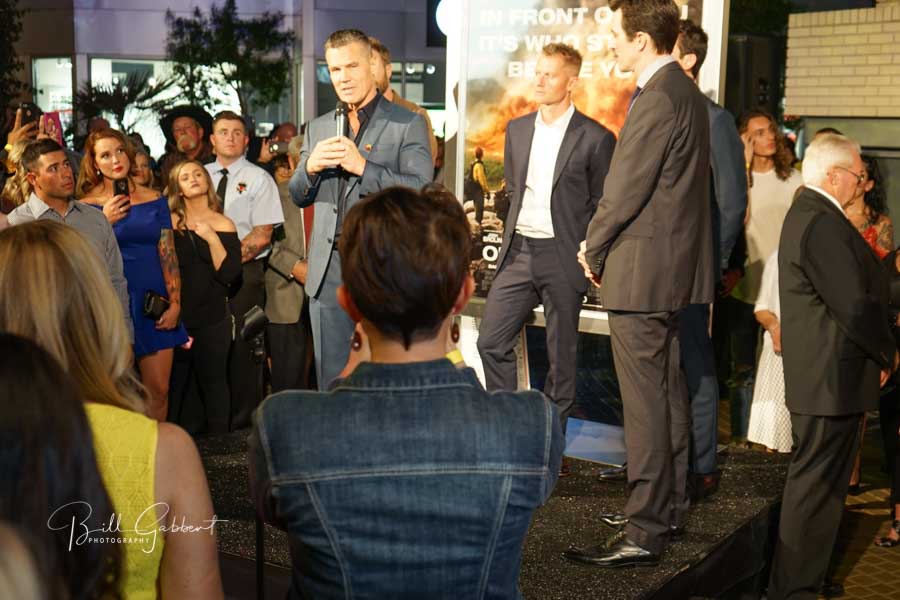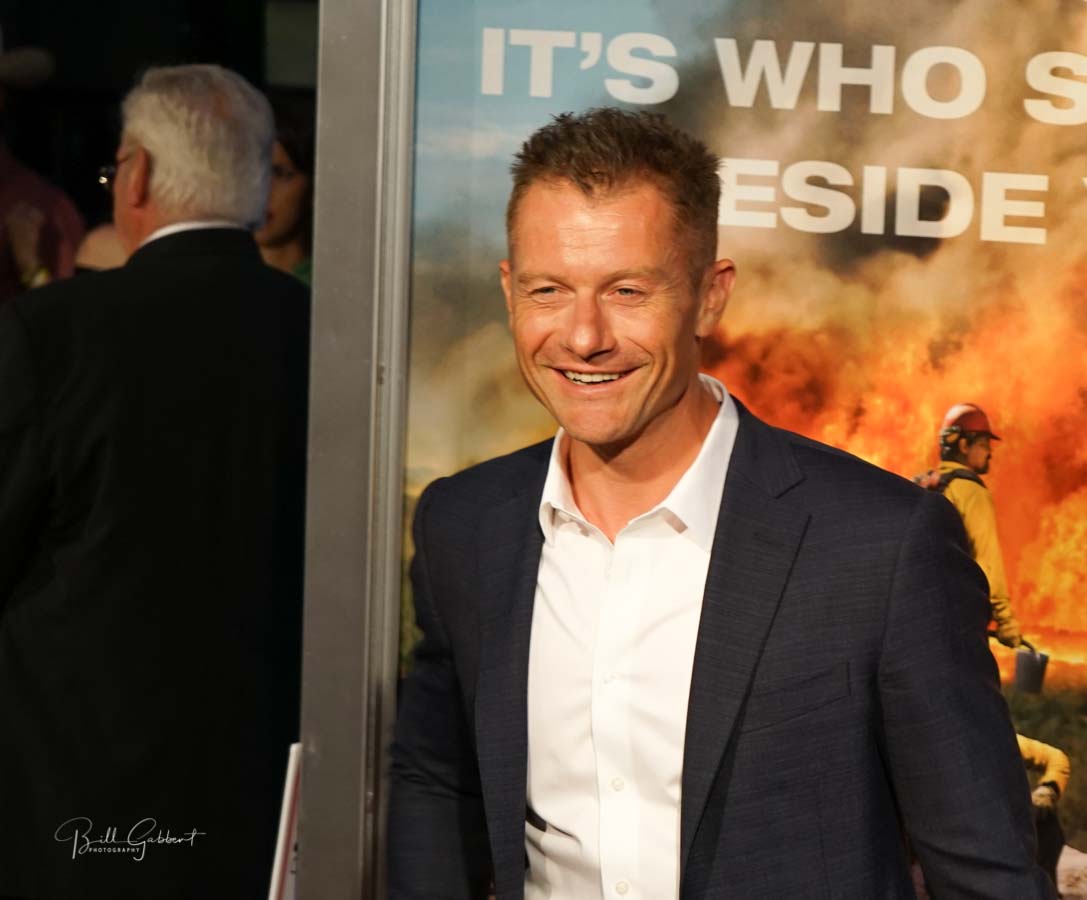(Above: A firefighter works in Northern California. Photo courtesy CAL FIRE).
It was only a matter of time.
As follows almost every major natural disaster in recent years, emergency officials are under fire for what some say was lackluster performance when it came to warning people about the oncoming siege of fire marching toward their homes early Monday.
Why weren’t more cell phone alerts issued?
Why wasn’t there more advance notice?
What worked, and what didn’t?
With at least 31 lives lost as a result of the fast-moving fires across Northern California’s wine country, they’re fair questions — questions that will no doubt come to dominate the conversation in coming weeks and months.
But while there are always things to learn from, it is worth remembering this was not a disaster that had a days-long build-up, like a hurricane. For many near the point of origin, there wasn’t even an hours-long build up, like severe weather such as tornadoes. Rather, many families went to bed Sunday before any fires had ignited, only to be awoken in the middle of the night to commands from a loudspeaker outside, a neighbor pounding on the door, or — maybe — a telephone call.
As it relates to messaging, here’s a rundown of what we know:
- Officials did not issue Amber-Alert-style cell phone messages in Napa and Sonoma counties. These alerts, administered through the Wireless Emergency Alert System, light up cell phones and trigger an un-mistakable screeching sound when a child is missing and in danger in the recipient’s area. Though they are almost guaranteed to wake people from a dead sleep, they are not necessarily intended for neighborhood-level evacuations.
According to the FCC, the alerts are broadcast from cell towers whose coverage area best matches the zone of an emergency to “phones that are using the cell towers in the alert zone.” Depending on the region and how connected residents are to cell phone networks, that could result in a widespread, wide-radius of messaging.
And that could have resulted in a widespread shadow evacuation in which everyone — not just those in immediate evacuation zones — hits the roads in the middle of the night in a panic, potentially leading to any number of other emergencies, officials maintain.
“It would cause unnecessary evacuations and delays for emergency vehicles reaching people in areas in need,” said county spokeswoman Jennifer Larocque, according to The Mercury News. “In order not to slow down response to people actually in need of help, we chose not to send the notice.”
California Statewide Fire Summary (10/13)
17 wildfires – 221,754 acres burned
8,000 firefighters
31 fatalitieshttps://t.co/OtkdreDFEq pic.twitter.com/pXpMnadzEM— CAL FIRE PIO (@CALFIRE_PIO) October 13, 2017
- Officials did send alerts through a regional opt-in system. Areas across the country have similar opt-in programs that are more tailored for individual, neighborhood-level messaging. These are used for everything from issuing shelter-in-place orders during police activity to communicating flood and wildfire evacuations. In Northern California, the service is called Nixle, part of the Everbridge system of emergency alerts.
Though beneficial, residents have to register for the service, a quick process but a process nonetheless. And there remains the challenge of reaching people in the middle of the night, as was the case this week.
UPDATE: New evacuation advisory in Napa County; fire death toll at 31. https://t.co/lSqyJEyVrB pic.twitter.com/rq4bUnjE6D
— SFChronicle (@sfchronicle) October 13, 2017
It seems pertinent here to mention media, both social and traditional. Though news reporters were quick to begin reporting on the fires, and many were on the fire line overnight, residents were likely slow to tune in, at least initially. And social media, the means through which many community-level communications are handled by way of Facebook or NextDoor, was a vacuum at first. If you posted something, it might not have been seen until the morning.
- So that leaves word-of-mouth. There are scores of harrowing stories of neighbors warning neighbors, showing up on doorsteps, blaring horns and doing everything they could to simply get people to wake up and look outside. This was how many people learned of the urgency. This, many have said, was the best way to get the word out.
“The smoke and ash and embers were raining down, sparking spot fires,” Paul Lowenthal, assistant fire marshal in Santa Rosa, recalled in an interview Wednesday with The Washington Post. “It didn’t take but moments for people to look out their front doors and see what was happening.”
It’s less than ideal. But in some cases, it’s all there can be.
After adding on additional ~50%/ house for contents, not hard to see why #TubbsFire & #AtlasFire combo will likely be costliest on record. pic.twitter.com/Fg3R18gTUi
— Mark C. Bove (@MarkCBove) October 13, 2017
As an aside, my graduate research was about evacuation communications during the 2013 Colorado Flood, which devastated a swath of the state and carved communities into islands. The gist: social ties matter within a community during disaster events. And while technology can certainly help, it cannot be the only answer, nor can it be the answer without considering the role of local first responders. People go through a two-step process during evacuations: hearing an alert and seeking additional information. It is inherently a social experience. Accordingly, communication infrastructure is vital as people both receive initial information and seek additional details, through whatever means necessary discussed earlier in this piece.
All of that to say cell phone towers becoming compromised during a disaster — as was the case during this week’s wildfire outbreak — will no doubt be a topic officials hone in on, with good reason.
In March, I wrote a piece for Wildfire Today about issues continuing to play out surrounding evacuations in Gatlinburg, a starkly different situation, but relevant still. Essentially, city officials there, it was determined, downplayed the threat early in the incident. Then, when hurricane-force winds tore through the region and fanned the flames, a “communication failure” caused by disabled communication services prevented the immediate issuance of a timely alert. Alternative sources of emergency communication — local media, for example — had only a marginal effect.
It’s only been five days since fires in Northern California erupted. The questions, after-actions reviews and analyses will be long coming.
Communicating breaking news or public safety-related evacuation messages to off-line, at-risk populations during a dynamic disaster event is a seemingly impossible conundrum. It is one that researchers have spent decades studying in various forms, whether under the umbrella of the sociology of disaster or the various hazard communication models within emergency management.
Going forward, with a continuous onslaught of disasters now reality, it’s an area that should not be ignored.
Newspapers, man. Newspapers. #wildfires #TubbsFire #AtlasFire #WineCountryFires #CaliforniaWildfires pic.twitter.com/0bGIVVFdP6
— Jason Pohl (@pohl_jason) October 10, 2017



